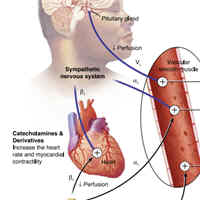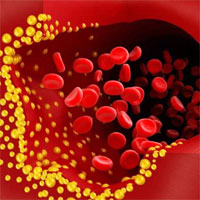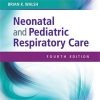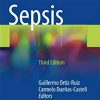Vasopressor Choice and Timing in Vasodilatory Shock
resource-cms.springernature.com
Vasodilatory shock is the most common form of circulatory shock encountered in patients admitted to the intensive care unit (ICU).
Sepsis is the predominant etiology, but other causes of vasodilatory shock include postoperative vasoplegia, anaphylaxis, spinal cord injury (i.e., neurogenic shock), systemic inflammatory response from acute pancreatitis, and direct vascular relaxation from general and neuraxial anesthetics.
Vasodilatory shock is a medical emergency that requires prompt diagnosis and treatment.
Regardless of etiology, vasodilatory shock is characterized by reduced systemic vascular resistance and arterial hypotension that warrants intravascular fluid resuscitation and pharmacological vasopressors to restore the vascular tone.
Left untreated, perfusion pressures suffer, leading to inadequate cellular oxygen utilization, conversion to anaerobic metabolism, multiorgan failure, and death.
















